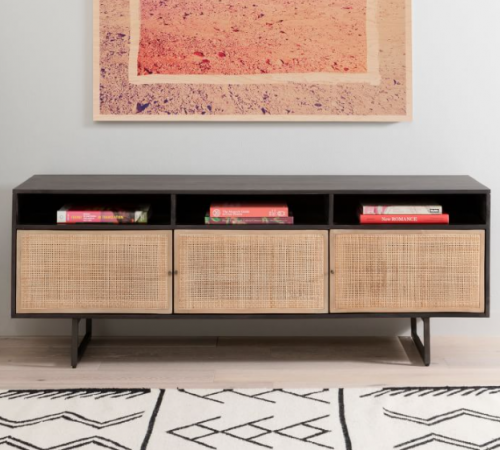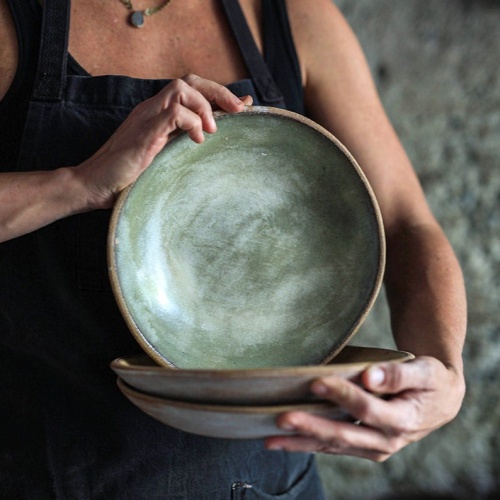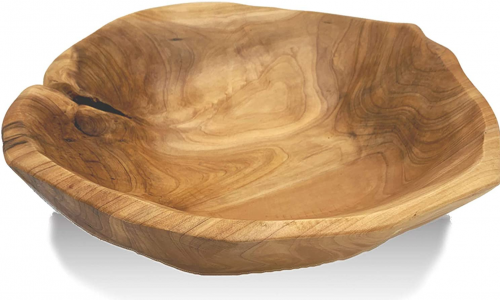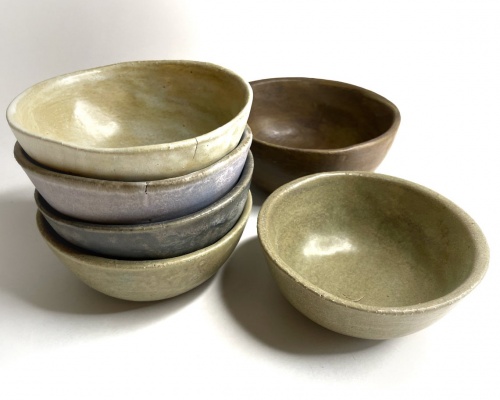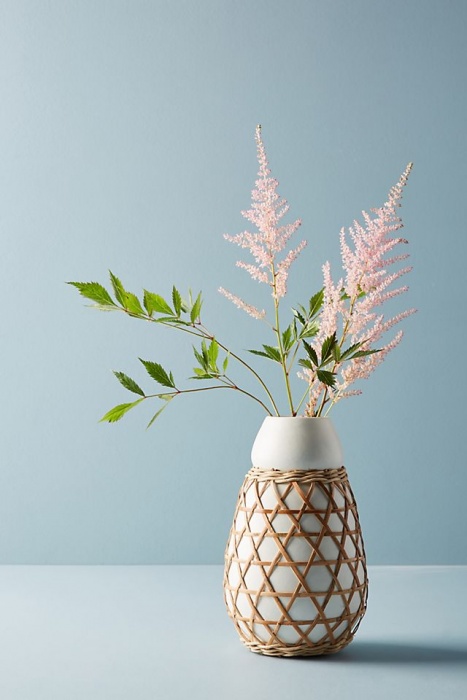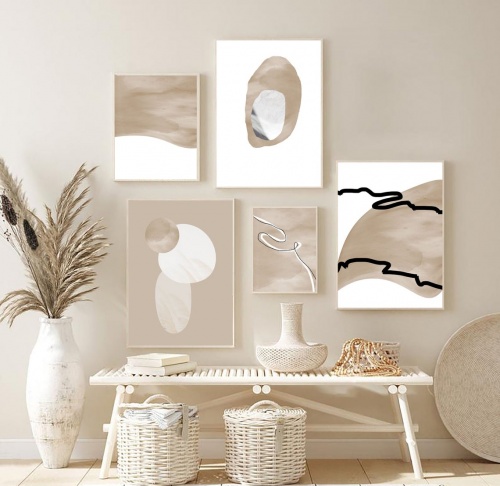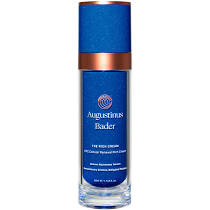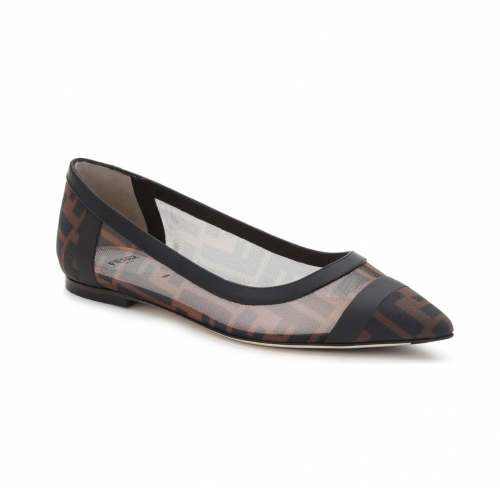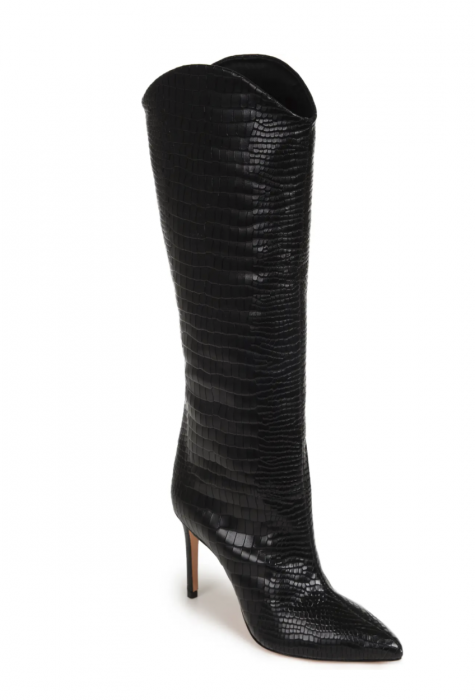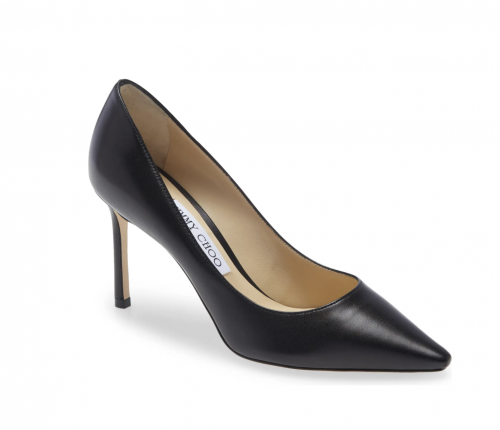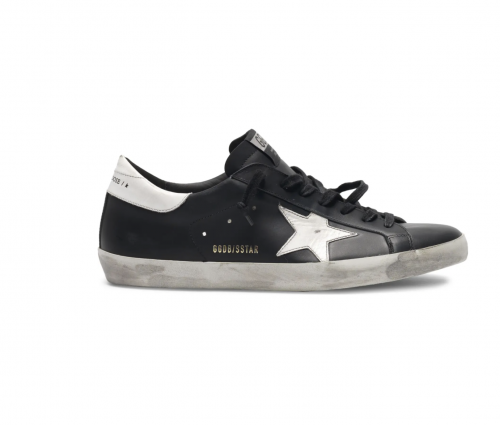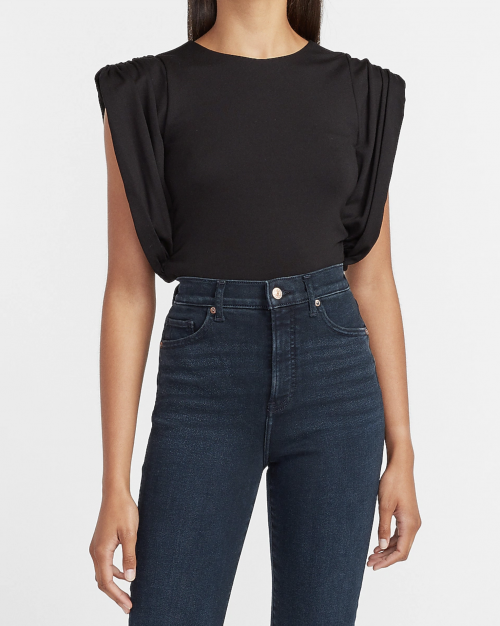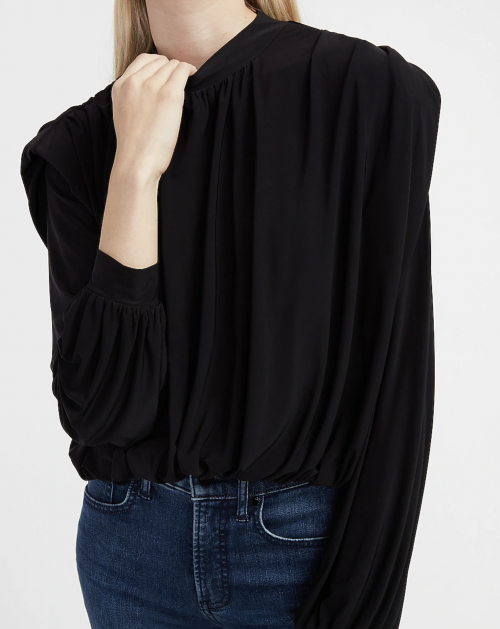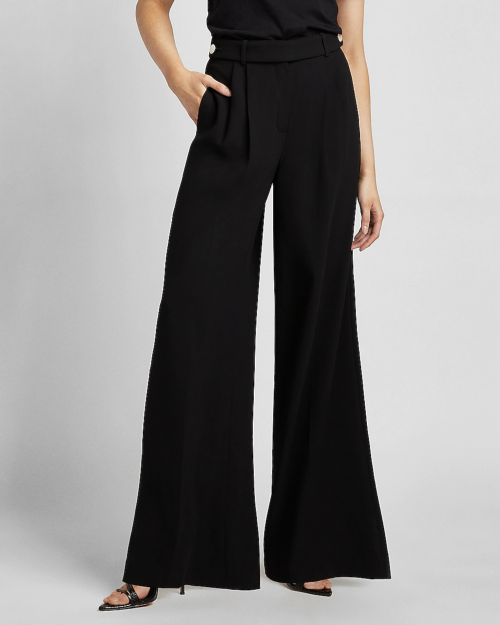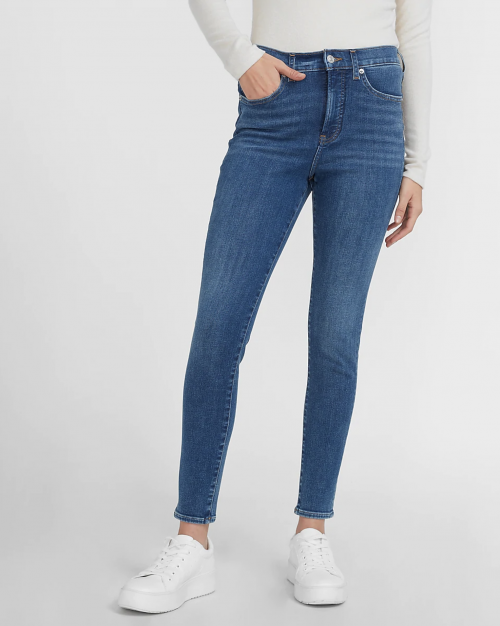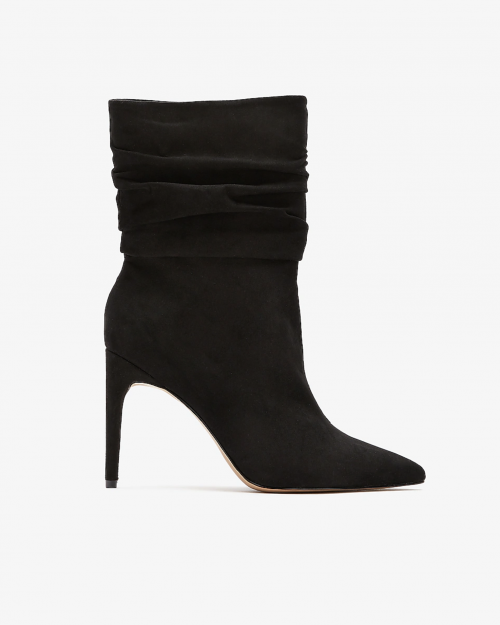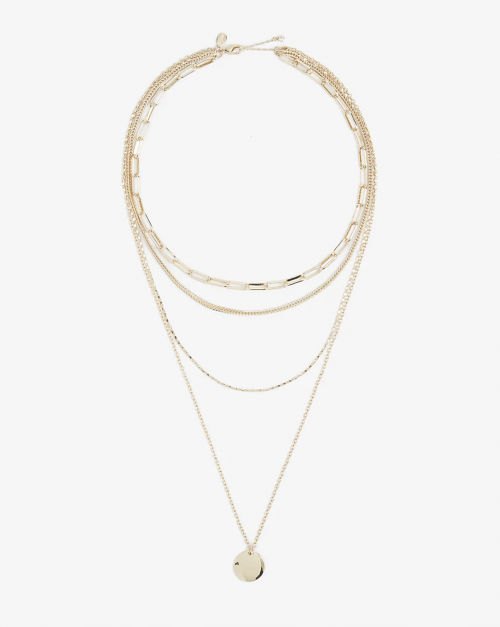In the world of interior design, all things Japandi are popping into my Instagram feed. I decided to explore this style a bit further and honestly, I’m intrigued! There are plenty of interior design trends but very rarely do we see a whole new design style. So, what is Japandi? Japandi is mix of Japanese Zen and Scandinavian (Scandi) design influences. While you might not initially think there would be many parallels between the two, there are actually quite a few. Both aesthetics focus on simplicity, clean lines, natural elements and comfort. The fusion creates a calming blend of function and rustic minimalism. Let’s dive into each of the particular Japandi elements, how you might introduce them into your home, and the benefits of living with Japandi design.
[show_shopthepost_widget id=”4379064″]
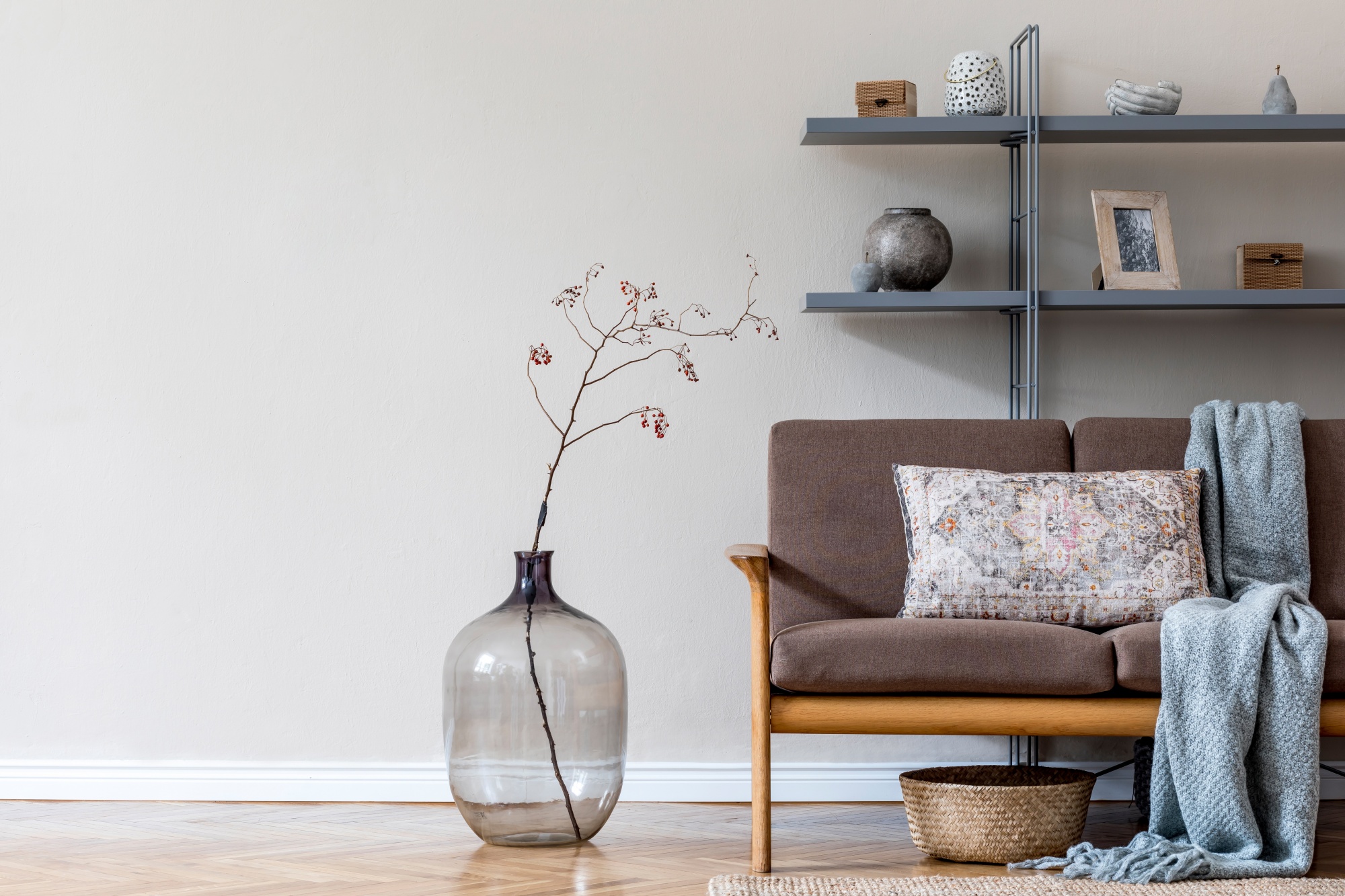
Minimalism & Japandi Design
I have to admit, I would not consider my design aesthetic minimalistic. However, I am embracing it more and more. I dislike clutter, and passionately believe a cluttered space leads to a cluttered and/or distracted mind. Less “stuff” and more simplicity is calming and serene. Studies have shown a cluttered home environment impedes your ability to focus, and can cause stress. Japandi calls for furniture with clean lines, functionality and intention. There are no big pops of color or heavy ornamentation, and storage is key to ensure uncluttered surfaces. Every item serves a purpose.
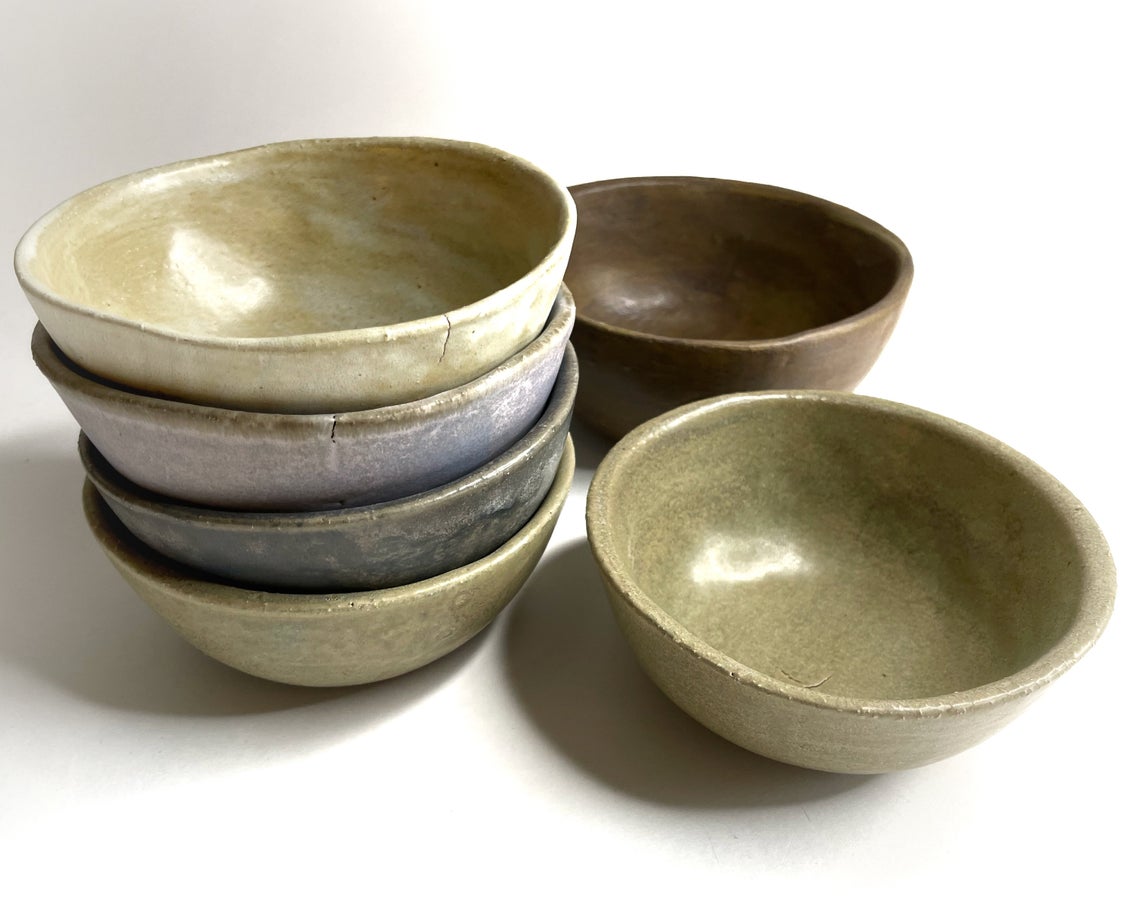
Wabi-sabi & Hygge… What?
Wab-sabi is a Japanese practice focusing on the acceptance of imperfection and the beauty in natural elements while maintaining quality and craftsmanship. An imperfect pottery piece for example with all of its cracks and blemishes. Or decorative, handmade wooden pieces with large knots. Hygge is the Scandinavian concept of finding comfort and coziness, feeling content, and unearthing wellness in simple pleasures. When you merge these concepts together from a design perspective, you have the primary formula for Japandi.
Embrace authenticity. Support local artists. Appreciate handcrafted items for their unique magnificence! Think along the lines of a handmade plate or clay vase with an inconsistent pattern, not a coffee mug with a broken handle — you get me? If you missed my post on finding hygge at home, you can check it out here.
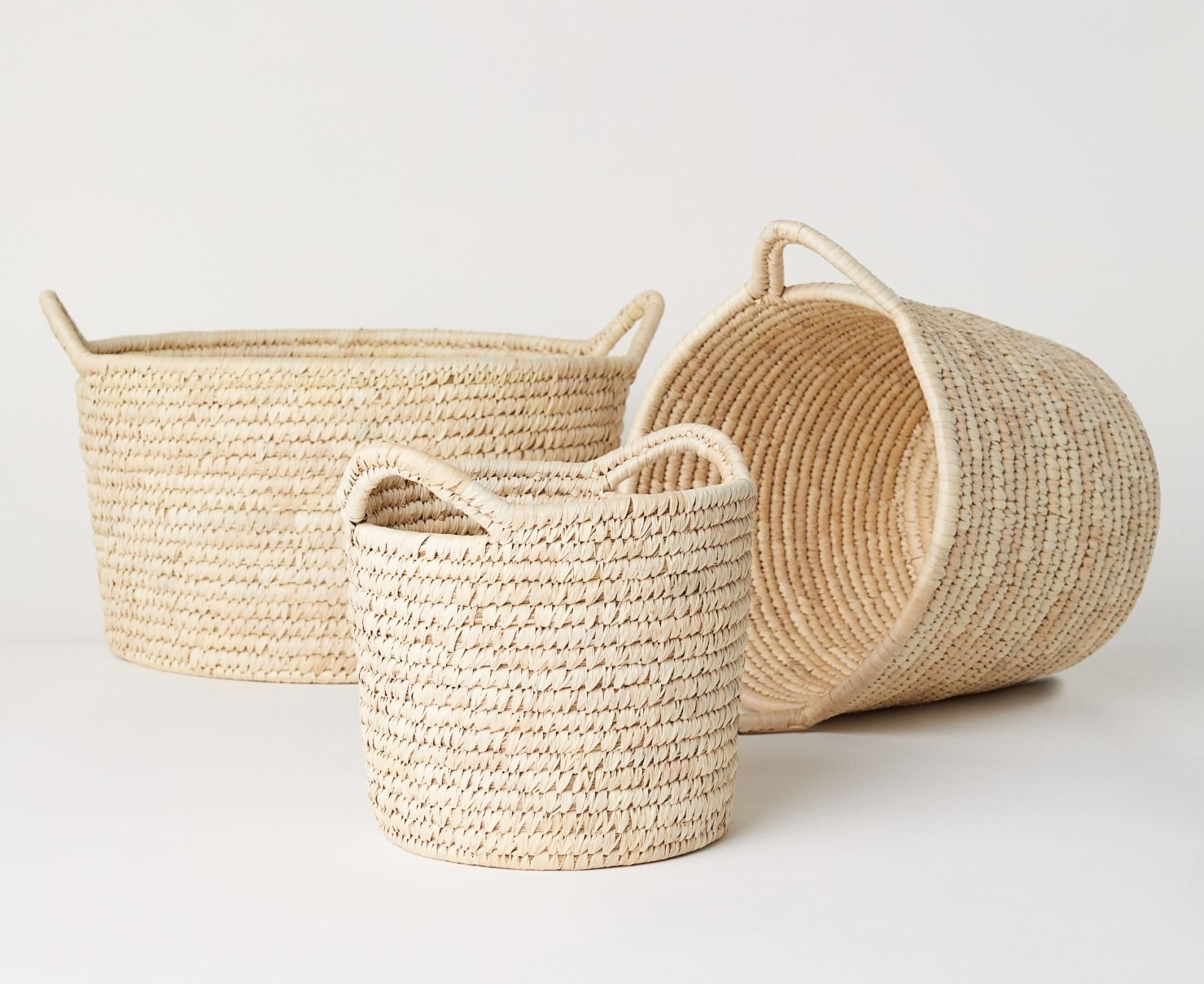
Adding Natural Elements
Rattan, cane, wood, cotton, linen, bamboo, straw, other natural fabrics, and handcrafted items are very instrumental in Japandi. Materials that inspire strength and warmth are key to this hybrid design influence. Eco-friendly and sustainable materials are basically the Japandi Yahtzee! Simplicity and comfort are key. Wooden furniture with rattan accents and plenty of storage like this piece, this one, or this one, are great examples.
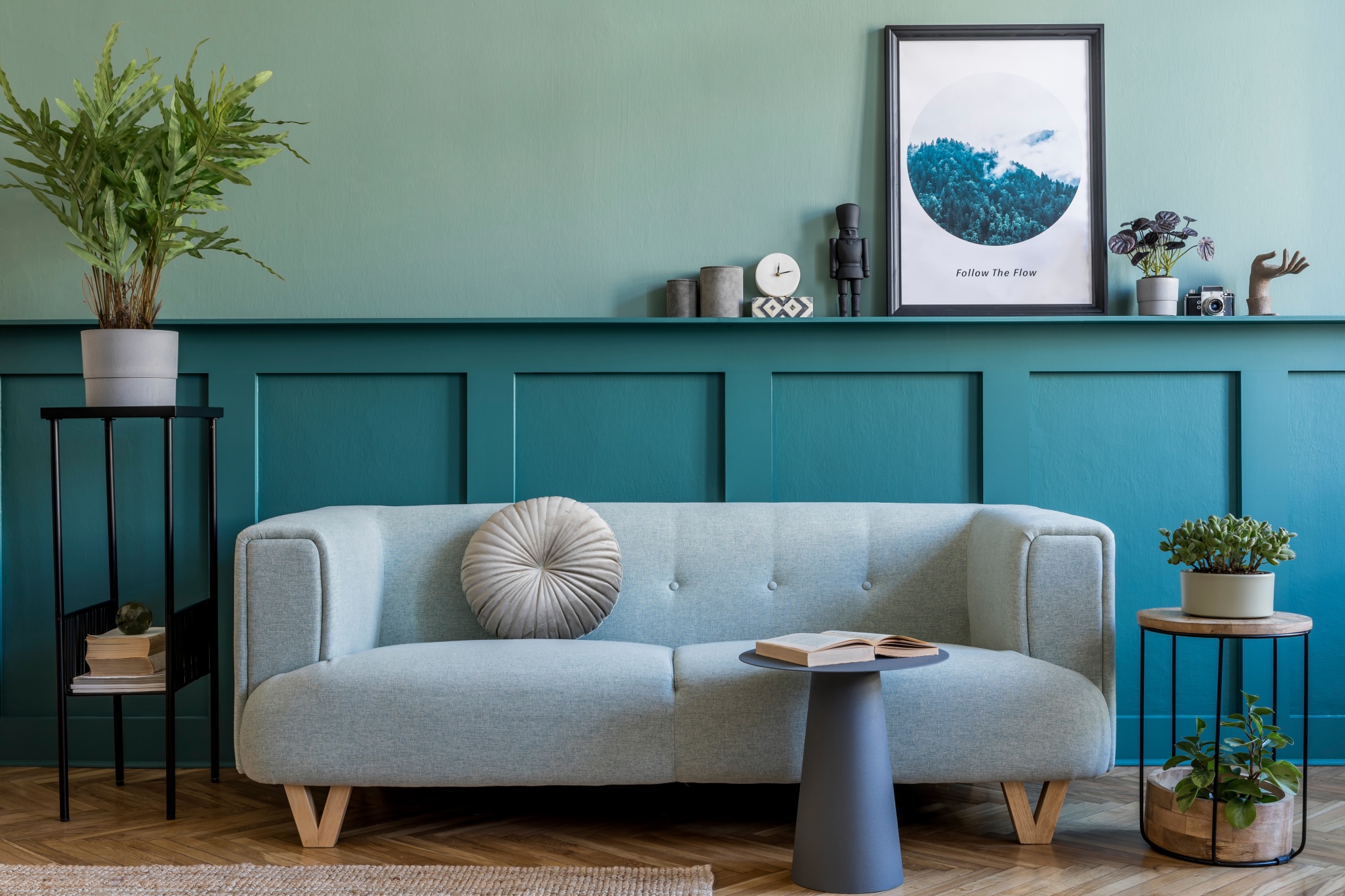
Mixing Zen Earth Tones & Scandi Neutrals
The Japandi color palette calls for muted blues, green, rusts and gold tones combined with more of the Scandi influence of white, cream and beige. Soft colors that are toned down are more calming to the eye and promote a tranquil effect. Creating balance with the color scheme so it’s not overly neutral nor overly bright, is key. The use of black accents add a rustic touch while keeping a Zen color palette. Mixing lighter and darker wood tones and playing with that contrast is a good way to introduce this hybrid design into your home.
Are you ready for more simplicity, peace and tranquility in your home? Might you embrace Japandi design? Please share in the comments section! To get blog posts delivered directly to your inbox, along with some awesome freebies, be sure to sign up for the newsletter here.



